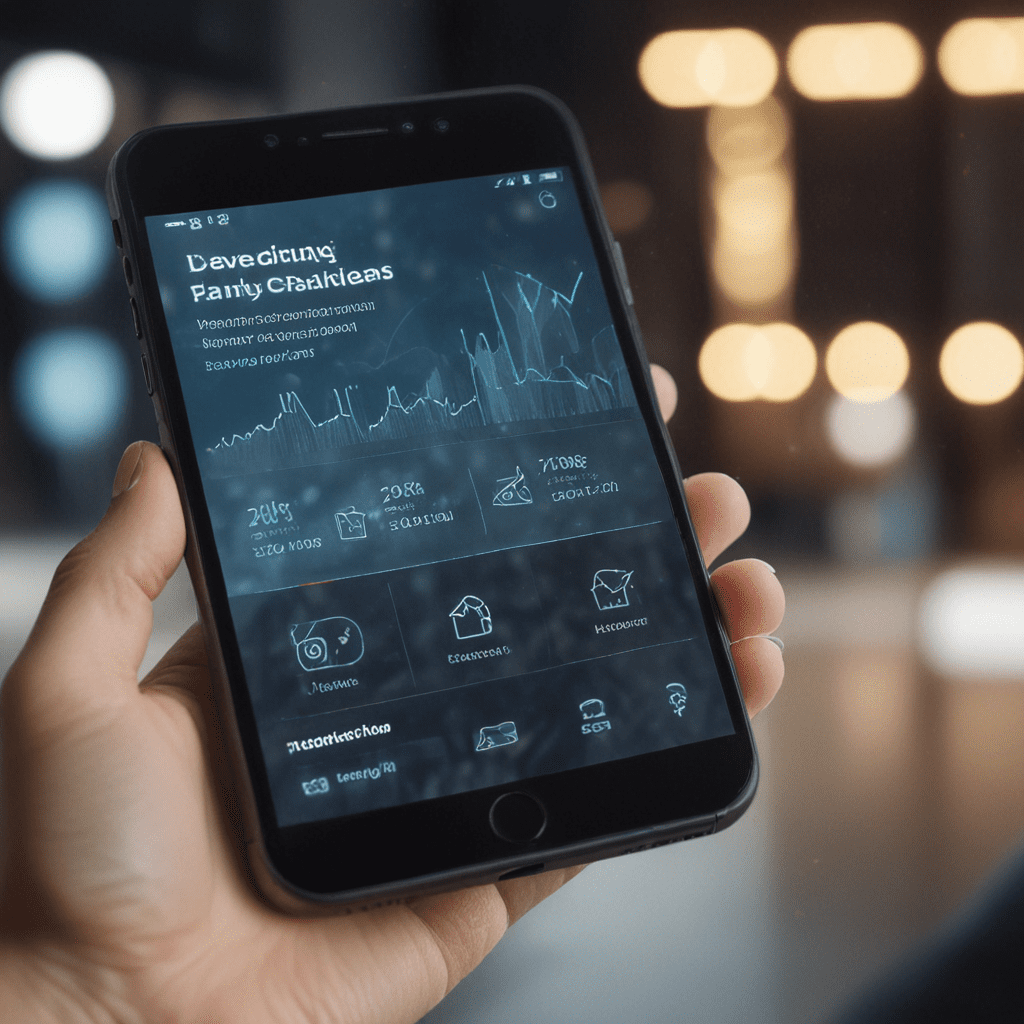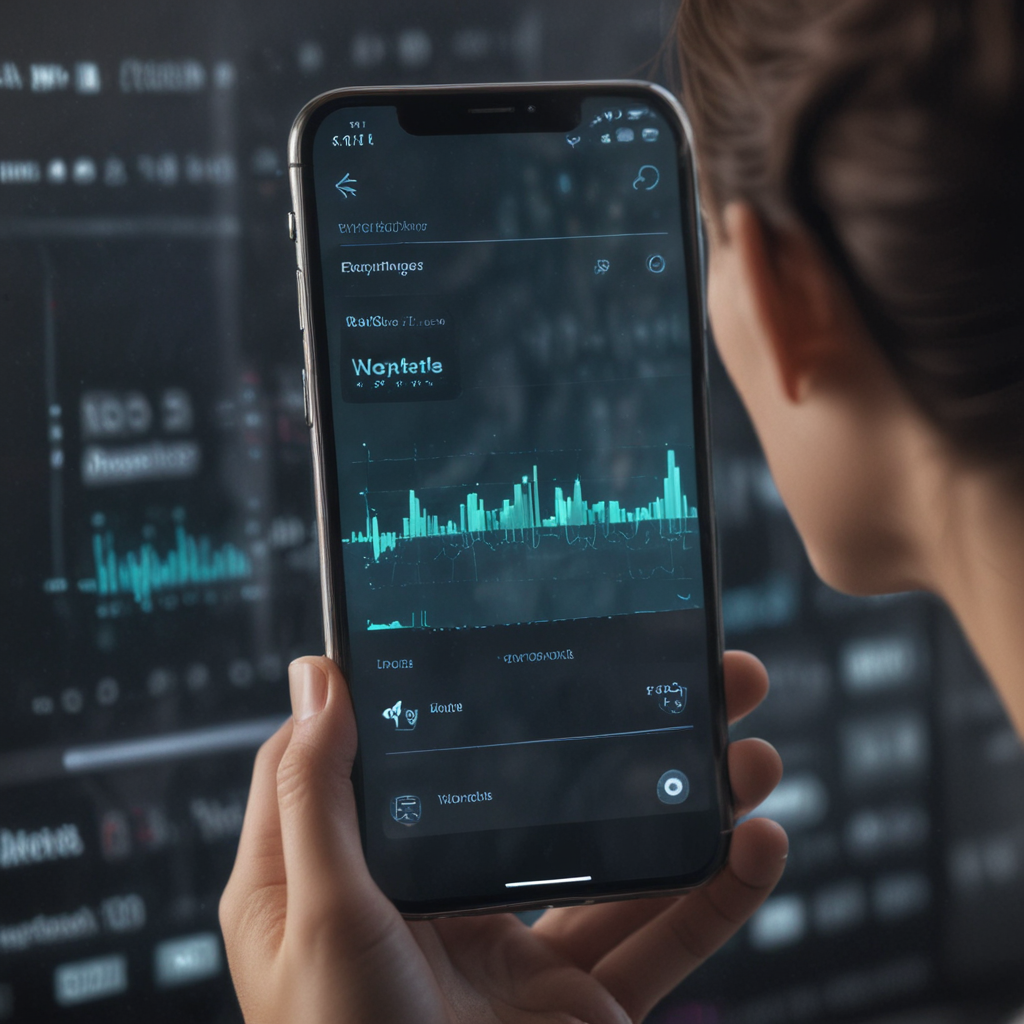
1. Introduction: Understanding Neuromorphic Computing
Neuromorphic computing has emerged as a revolutionary approach to computing, inspired by the intricate workings of the human brain. It mimics the brain's neural structure and computational principles, offering a unique blend of energy efficiency, enhanced performance, and reduced latency. These capabilities make neuromorphic computing a compelling solution for mobile applications, where power constraints, performance demands, and real-time responsiveness are of paramount importance.
2. The Rise of Mobile Computing: The Need for Efficient Processing
Mobile computing has become ubiquitous in our daily lives, empowering us with constant connectivity, information access, and entertainment. However, the proliferation of mobile devices has also brought forth challenges related to power consumption and computational efficiency. Traditional computing architectures struggle to meet these demands, leading to device overheating, reduced battery life, and compromised user experience.
3. Advantages of Neuromorphic Computing for Mobile Apps
Neuromorphic computing offers several key advantages that make it an ideal fit for mobile applications:
a. Energy Efficiency
Neuromorphic chips are designed to emulate the brain's energy-efficient neural processing. They consume significantly less power compared to traditional processors, enabling extended battery life and reduced heat dissipation in mobile devices.
b. Enhanced Performance
Neuromorphic computing harnesses the brain's massively parallel architecture. This allows for simultaneous processing of multiple tasks, resulting in enhanced performance and faster execution of computationally demanding applications on mobile devices.
c. Reduced Latency
Neuromorphic chips operate at ultra-low latencies, minimizing delays in data processing. This is crucial for real-time applications, such as image recognition and object detection, where even the smallest delay can affect user experience and decision-making.
6. Ongoing Research and Development in Neuromorphic Computing for Mobile Apps
Research and development efforts are continuously pushing the boundaries of neuromorphic computing for mobile applications. Innovations in chip design and algorithm optimization hold promising potential for further enhancing performance and efficiency:
a. Chip Design Innovations
Novel chip architectures, such as tensor processing units (TPUs) and application-specific integrated circuits (ASICs), are specifically designed for neuromorphic computing. These chips optimize data flow, reduce latency, and increase energy efficiency, enabling more powerful and compact mobile devices.
b. Algorithm Optimization
Researchers are developing advanced algorithms that leverage the unique capabilities of neuromorphic chips. By optimizing algorithms for specific tasks, such as image recognition or natural language processing, developers can further enhance the performance of mobile applications.
7. Future Trends: The Potential of Neuromorphic Mobile Computing
The convergence of neuromorphic computing and mobile technology holds immense potential for the future. As the field progresses, we can expect to see:
Ubiquitous AI: Neuromorphic mobile devices will bring AI capabilities to the edge, enabling real-time decision-making and personalized experiences tailored to individual users.
Enhanced Healthcare: Mobile health applications powered by neuromorphic computing can provide more accurate and timely diagnoses, enabling early intervention and improved patient outcomes.
Autonomous Systems: Neuromorphic mobile platforms will drive the development of autonomous systems, such as self-driving cars and drones, enabling intelligent decision-making and safe navigation in complex environments.
8. Case Studies: Real-World Applications of Neuromorphic Mobile Computing
Several companies and research institutions are actively exploring the practical applications of neuromorphic computing in mobile devices:
Google's Pixel Neural Core: Google's Pixel smartphones incorporate a dedicated neural processing unit (NPU) that leverages neuromorphic principles. This NPU significantly enhances image processing capabilities, resulting in improved camera performance and real-time augmented reality experiences.
IBM's TrueNorth Processor: IBM's TrueNorth processor is a neuromorphic chip designed for low-power, real-time applications. It has been used in mobile devices for tasks such as object recognition and gesture control.
9. Ethical Considerations: Privacy and Bias in Neuromorphic Computing
As neuromorphic computing advances, it is crucial to consider its ethical implications. Privacy concerns arise due to the ability of neuromorphic chips to process and store sensitive personal data. Additionally, biases inherent in training data can propagate into neuromorphic models, leading to unfair or discriminatory outcomes.
10. Conclusion: The Transformative Role of Neuromorphic Computing in Mobile Apps
Neuromorphic computing represents a paradigm shift in mobile computing, offering unprecedented energy efficiency, enhanced performance, and reduced latency. Its potential applications extend far beyond the current capabilities of mobile devices, promising to revolutionize various industries and aspects of our daily lives. As research and development continue to push the boundaries of neuromorphic computing, we can expect to witness transformative innovations that will profoundly impact the way we interact with mobile technology.
FAQ (Frequently Asked Questions)
Q1. What is neuromorphic computing?
A1. Neuromorphic computing mimics the brain's neural structure and computational principles, offering energy efficiency, enhanced performance, and reduced latency.
Q2. Why is neuromorphic computing important for mobile apps?
A2. Neuromorphic computing overcomes the limitations of traditional computing architectures in mobile devices, enabling extended battery life, faster performance, and real-time responsiveness.
Q3. What are the key applications of neuromorphic computing in mobile apps?
A3. Neuromorphic computing powers advanced applications such as image recognition, object detection, natural language processing, and predictive analytics in mobile devices.


